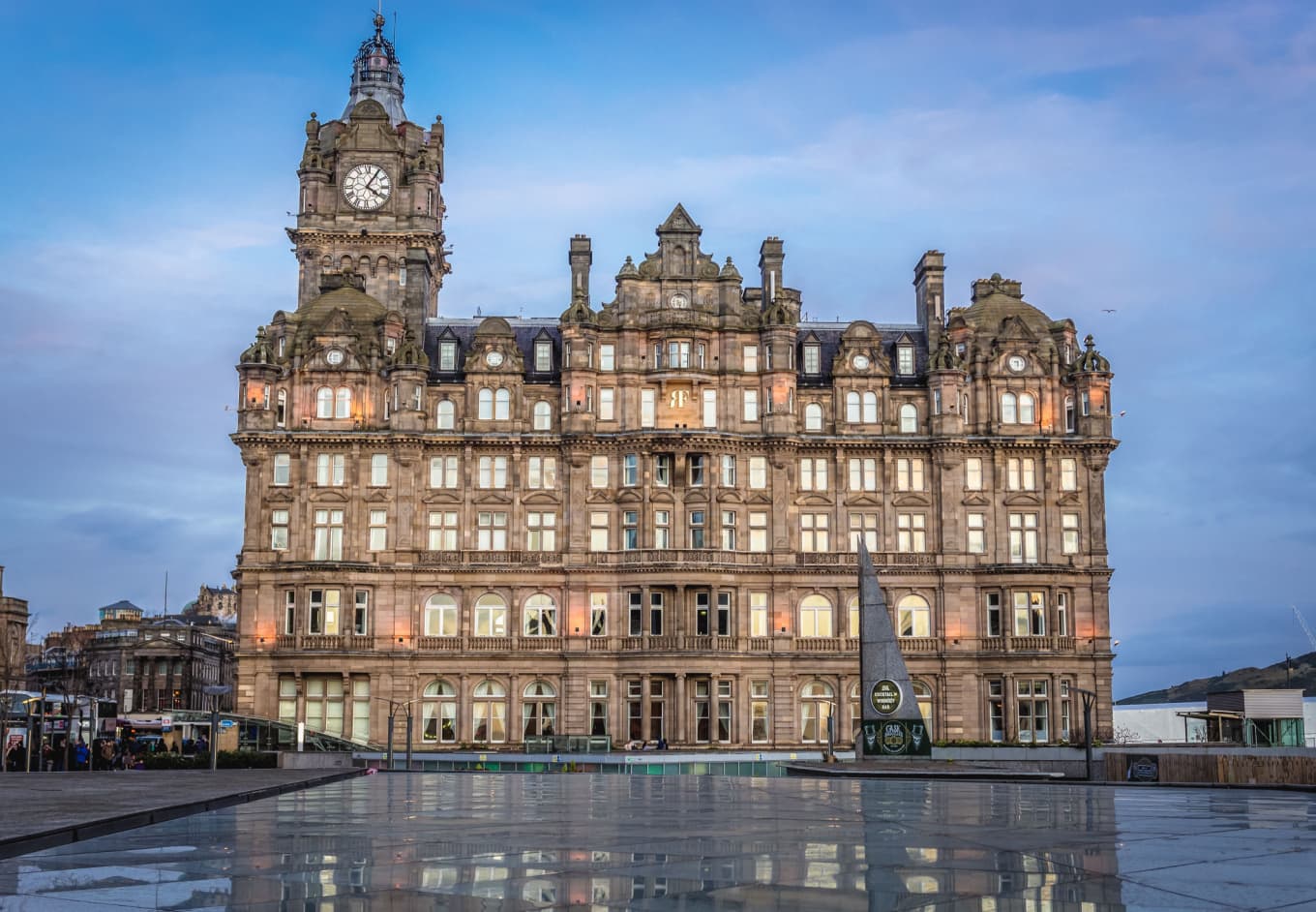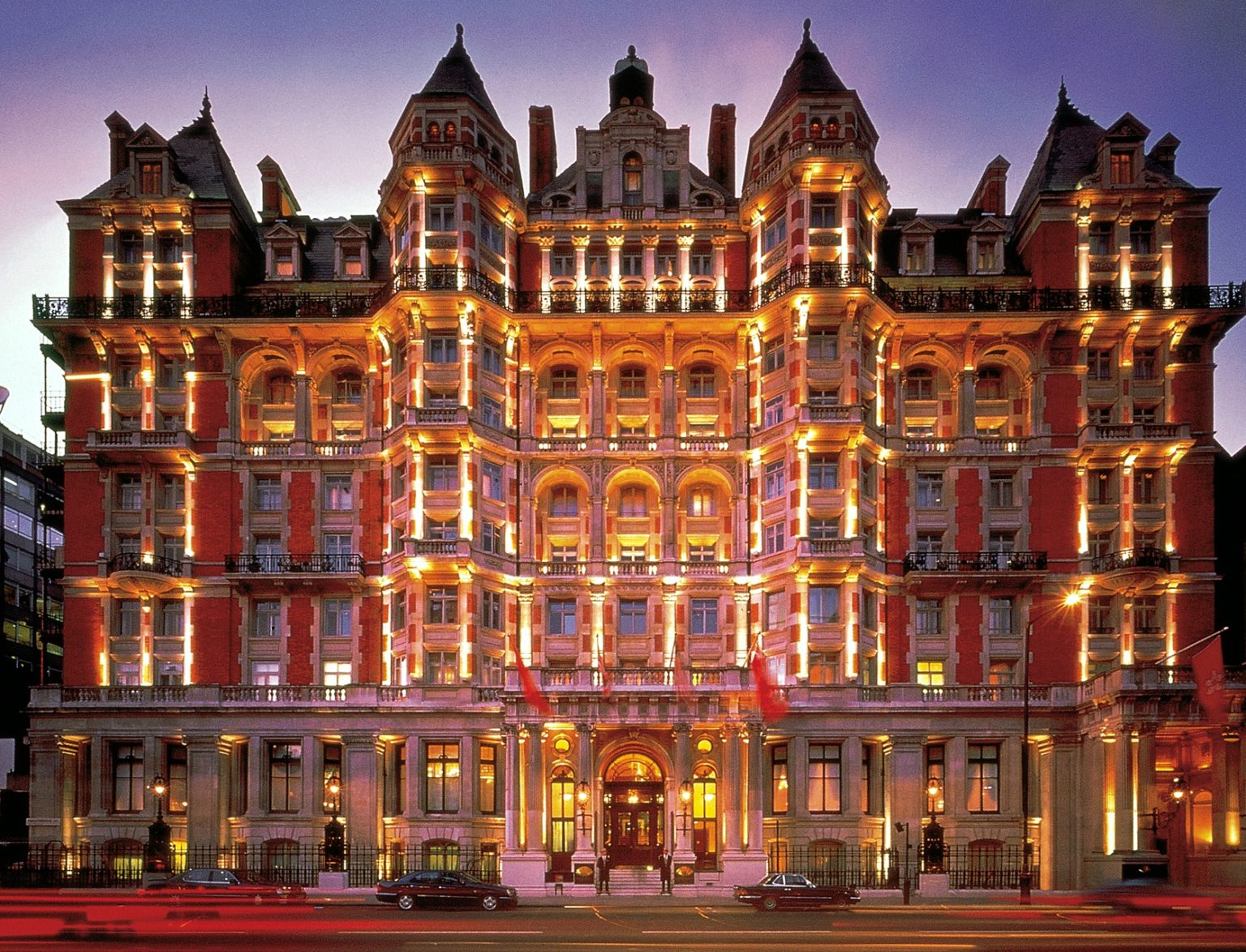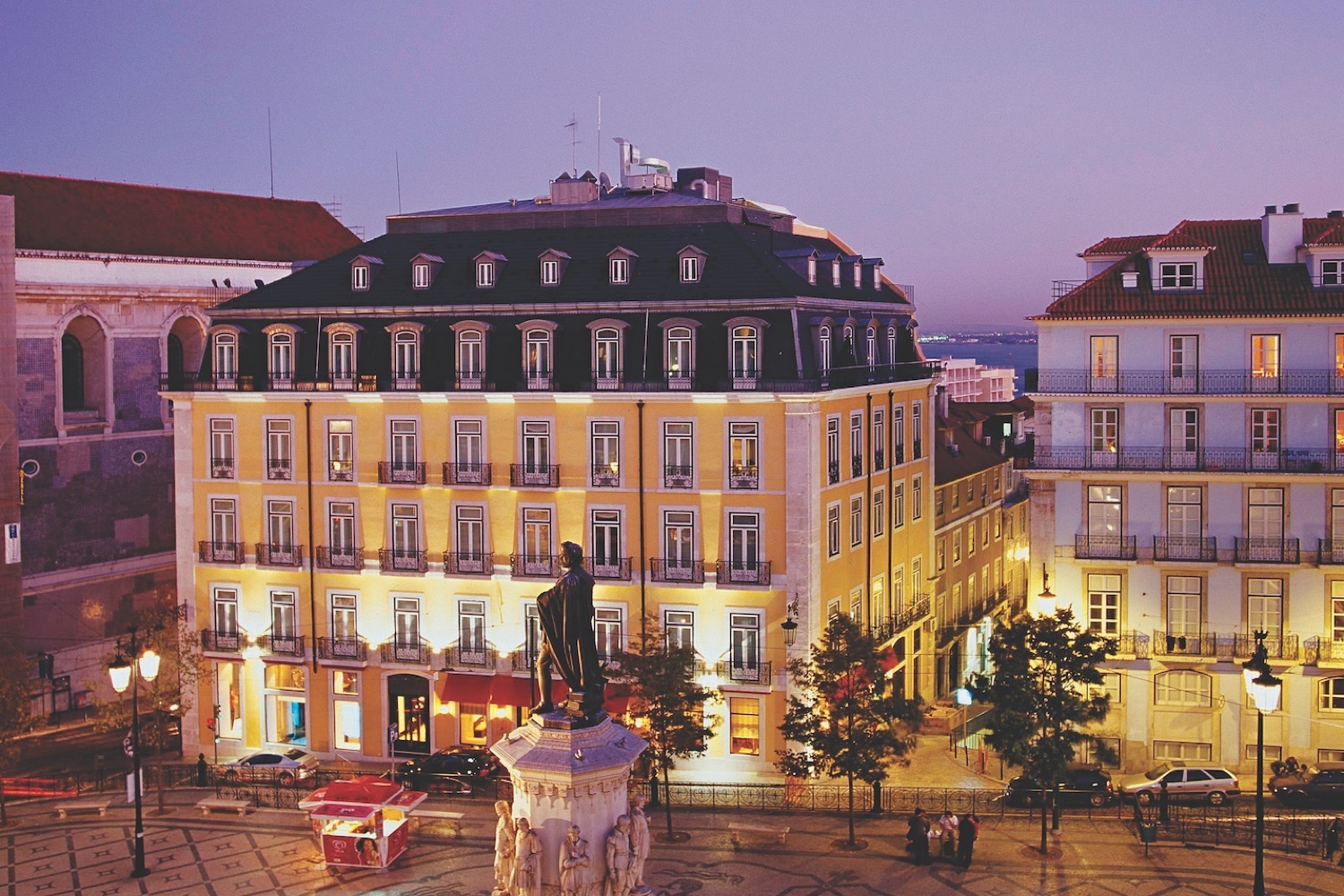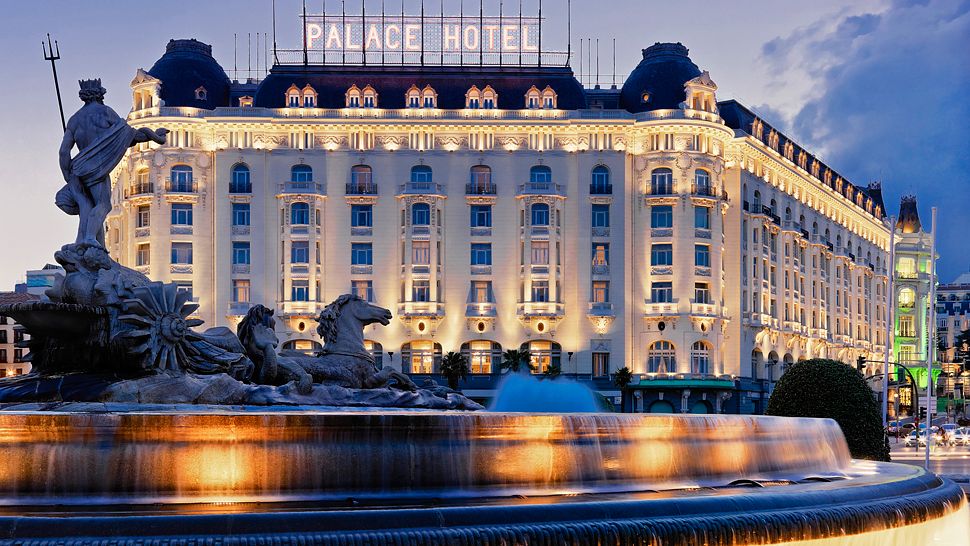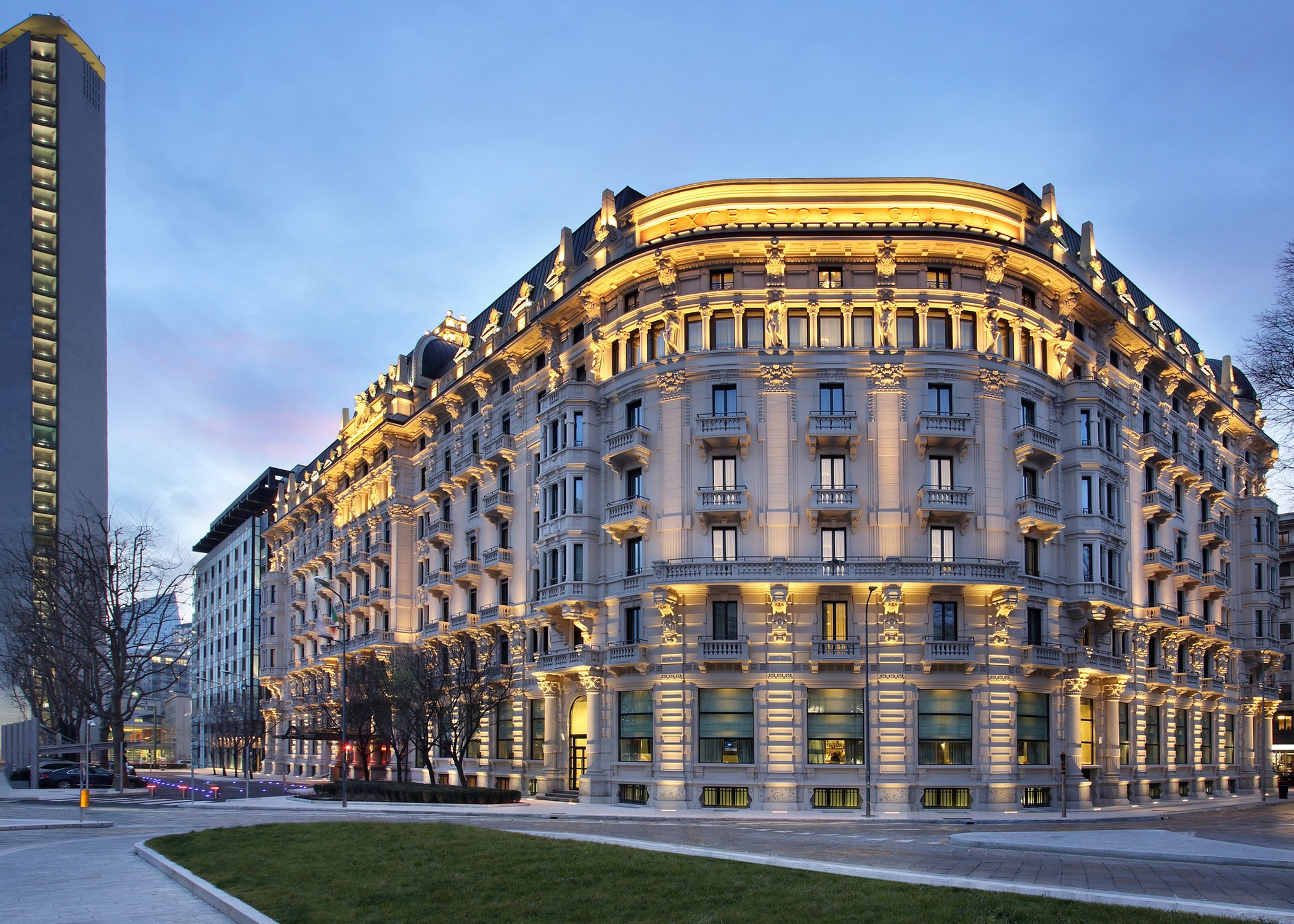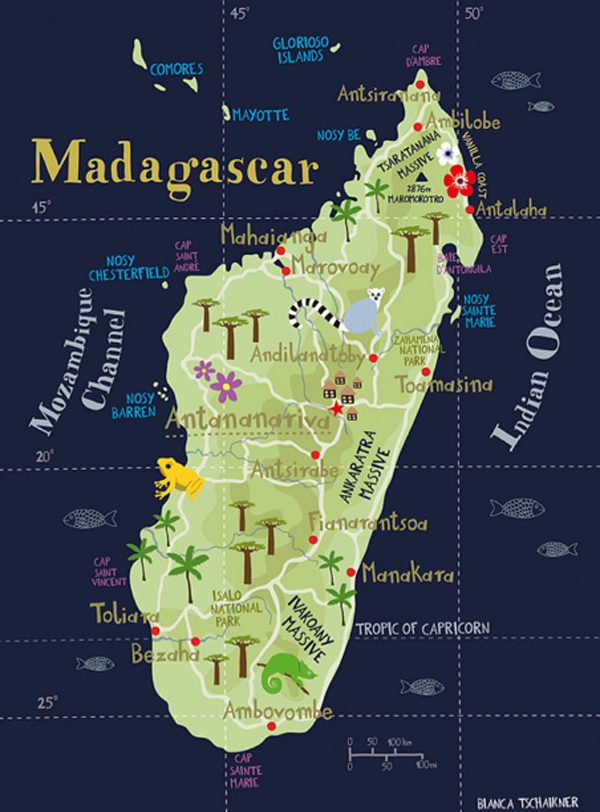
Madagascar, the world’s fourth-largest island, is a realm apart, a land so unique it’s often dubbed the "Eighth Continent." Separated from mainland Africa millions of years ago, its isolation has fostered an unparalleled biodiversity, with over 90% of its wildlife found nowhere else on Earth. From dancing lemurs and ancient baobab trees to surreal limestone forests and pristine coral reefs, Madagascar offers an adventure unlike any other. This comprehensive guide will navigate you through its fascinating history, must-see attractions, essential travel tips, and practicalities to help you plan an unforgettable journey to this extraordinary island nation.
A Tapestry of Time: Madagascar’s Rich History
Madagascar’s history is as distinctive as its ecology, beginning not with African migrants, but with intrepid seafarers from Southeast Asia. Around 350-550 AD, Austronesian voyagers, likely from Borneo, made the incredible journey across the Indian Ocean, bringing with them a language, culture, and agricultural practices that laid the foundation for modern Malagasy society. Later waves of migration, including Bantu people from mainland Africa, Arab traders, and European explorers, further enriched the island’s genetic and cultural tapestry.
Related Articles about Madagascar: The Ultimate Guide to the Eighth Continent:
- Spain: A Tapestry of Sun, Soul, and Centuries – Unveiling its Best Tourist Attractions
- España: A Tapestry of Sun, History, and Unforgettable Flavors – Your Ultimate Travel Guide
- A Grand Tour of the United Kingdom: History, Haunts, and Hopping Delights
- Echoes of Antiquity and Azure Dreams: Your Ultimate Guide to the Top Things to Do in Greece
- Discover Denmark: A Guide to History, Hygge, and Unforgettable Experiences
For centuries, the island was a patchwork of independent kingdoms and chieftaincies. The most powerful emerged in the central highlands: the Merina Kingdom. By the early 19th century, under rulers like King Andrianampoinimerina and his son Radama I, the Merina had unified much of the island, establishing a sophisticated state with a written language (using the Latin alphabet), a centralized administration, and diplomatic ties with European powers.
However, Madagascar’s strategic location and natural resources attracted colonial ambitions. After periods of British influence, France gradually asserted its control, culminating in the formal annexation of Madagascar as a French colony in 1896. French rule brought significant infrastructure development but also exploitation and cultural suppression, leading to numerous uprisings.
The mid-20th century saw a global wave of decolonization, and Madagascar gained its independence on June 26, 1960. Since then, the nation has navigated a complex path of political shifts, economic challenges, and environmental conservation efforts. Today, Madagascar stands as a vibrant, albeit developing, democracy, fiercely proud of its unique heritage and committed to protecting its irreplaceable natural wonders.
Main Attractions: Wonders of the Eighth Continent
Madagascar’s allure lies in its extraordinary landscapes and endemic wildlife. Prepare to be mesmerized by these iconic destinations:
- Andasibe-Mantadia National Park: Just a few hours east of Antananarivo, this lush rainforest is home to the Indri, Madagascar’s largest lemur, famed for its haunting, siren-like call. Guided walks offer incredible opportunities to spot these creatures, along with a plethora of chameleons, frogs, and other lemur species.
- Ranomafana National Park: A UNESCO World Heritage site in the southeastern rainforests, Ranomafana is a biodiversity hotspot. Its dense cloud forests protect several rare lemur species, including the golden bamboo lemur and the greater bamboo lemur, discovered here in the 1980s. The park’s challenging terrain rewards hikers with stunning waterfalls and unparalleled wildlife encounters.
- Isalo National Park: A dramatic contrast to the eastern rainforests, Isalo in the south-central region is a landscape of eroded sandstone massifs, deep canyons, and palm-lined oases. It’s a paradise for hikers, offering breathtaking views, natural swimming pools, and the chance to see ring-tailed lemurs, Verreaux’s sifakas, and brown lemurs amidst its unique flora.
- Tsingy de Bemaraha National Park: Another UNESCO World Heritage site, the Tsingy (meaning "where one cannot walk barefoot") is an otherworldly forest of razor-sharp limestone pinnacles. Navigating its labyrinthine pathways, suspension bridges, and caves is an exhilarating adventure, revealing a unique ecosystem home to lemurs, birds, and reptiles adapted to this surreal environment.
- Avenue of the Baobabs: Near Morondava on the west coast, this iconic dirt road is flanked by magnificent, ancient baobab trees, some over 800 years old. Witnessing the sunset here, as the giant silhouettes glow against the vibrant sky, is one of Madagascar’s most magical and photographed experiences.
- Nosy Be: Off the northwest coast, Nosy Be (meaning "Big Island") is Madagascar’s premier beach destination. Volcanic lakes, ylang-ylang plantations, and pristine beaches are complemented by excellent diving and snorkeling opportunities in its clear turquoise waters, teeming with coral, fish, and even whale sharks during certain seasons.
- Île Sainte-Marie (Nosy Boraha): This slender island off the east coast boasts a rich history of pirates, whose graves can still be visited. Today, it’s famous for its idyllic beaches, lush coconut groves, and spectacular humpback whale migration between July and September, offering unparalleled whale-watching excursions.
- Antananarivo (Tana): The bustling capital city, built across a series of hills, offers a glimpse into Malagasy urban life. Explore its colorful markets (like Analakely), visit the Rova of Antananarivo (the royal palace complex), and wander through its historic upper town with its colonial architecture and panoramic views.
- Ambohimanga Royal Hill: A UNESCO World Heritage site just outside Antananarivo, Ambohimanga is a sacred royal city and burial ground, considered the most significant symbol of Malagasy cultural identity. Its well-preserved palaces, fortifications, and sacred sites offer profound insight into the Merina Kingdom’s history and spiritual beliefs.
Travel Tips: Navigating Madagascar with Ease
Traveling in Madagascar requires preparation and an adventurous spirit. Here’s what you need to know:
- Visas: Most nationalities require a visa, which can be obtained upon arrival at Ivato International Airport (Antananarivo) for stays up to 90 days. Check the latest requirements for your nationality before travel.
- Health & Safety:
- Vaccinations: Consult your doctor for recommended vaccinations (e.g., Yellow Fever – check if required based on your transit country, Hepatitis A & B, Tetanus, Typhoid). Malaria prophylaxis is highly recommended for most regions.
- Insect Protection: Bring strong insect repellent, long-sleeved clothing, and consider treated mosquito nets.
- Water: Drink only bottled or purified water. Avoid ice in drinks unless you’re sure of its source.
- Food Safety: Be cautious with street food; stick to well-cooked meals from reputable establishments.
- Safety: While generally friendly, petty crime can occur, especially in urban areas. Avoid walking alone at night, be aware of your surroundings, and don’t display valuables. Always use registered guides and reputable tour operators.
- Currency: The local currency is the Malagasy Ariary (MGA). ATMs are available in major towns but can be unreliable. It’s wise to carry sufficient cash in small denominations. USD or Euros are often accepted for larger tour payments but local currency is essential for everyday expenses.
- Language: Malagasy is the national language. French is widely spoken, especially in urban areas and by those working in tourism. English proficiency is growing but remains limited outside of major tourist hubs. Learning a few basic Malagasy phrases will be greatly appreciated.
- Cultural Sensitivity (Fady): Madagascar has numerous fady (taboos), which vary by region and ethnic group. These can relate to food, actions, or even specific days of the week. Always ask your guide about local fady to avoid unintentional offense. Respect local customs, ask permission before taking photos of people, and dress modestly, especially when visiting villages or sacred sites.
- Packing Essentials: Lightweight, quick-drying clothing, sturdy hiking boots, sandals, a rain jacket, sun hat, sunglasses, high-SPF sunscreen, insect repellent, a basic first-aid kit (including anti-diarrhea medication), a headlamp/flashlight, binoculars for wildlife viewing, and a good camera. Power adapters (Type E/F) are also needed.
- Connectivity: Mobile phone coverage is decent in major towns, but spotty in remote areas. SIM cards are readily available. Wi-Fi is common in hotels but can be slow and unreliable.
Best Time to Visit: Timing Your Malagasy Adventure
Madagascar experiences two main seasons: a hot, rainy season and a cooler, dry season. The best time to visit largely depends on your desired activities.
- Dry Season (May to October): This is generally considered the best time for travel.
- Weather: Cooler temperatures, less humidity, and minimal rainfall. Roads are more accessible.
- Wildlife: Lemurs are active and easier to spot as foliage is less dense. Reptiles and amphibians are also abundant.
- Activities: Ideal for hiking, trekking, and exploring national parks.
- Special Events: Humpback whale watching off Île Sainte-Marie peaks from July to September.
- Wet Season (November to April):
- Weather: Hot, humid, and prone to heavy rainfall, especially from January to March, which is also cyclone season. Some roads become impassable.
- Wildlife: While some areas are challenging to access, this season brings lush landscapes, baby lemurs (late wet season), and excellent opportunities for birdwatching and spotting chameleons and frogs, which are more active.
- Considerations: Many lodges and parks in certain regions may close. Prices might be lower, but travel can be more unpredictable.
For a well-rounded trip, aiming for the shoulder months of May, June, September, or October often provides a good balance of pleasant weather, abundant wildlife, and fewer crowds.
Accommodation: Finding Your Sanctuary
Madagascar offers a range of accommodation, from basic guesthouses to luxury eco-lodges, though the standard can vary significantly compared to more developed tourist destinations.
- Antananarivo & Major Cities: You’ll find a full spectrum, from international-brand hotels and boutique guesthouses to budget-friendly options. It’s advisable to book well in advance, especially during peak season.
- National Parks & Remote Areas: Accommodation often takes the form of charming eco-lodges, rustic bungalows, or tented camps, designed to blend with the natural environment. These typically offer comfortable but not always luxurious amenities. Many are located just outside park entrances, facilitating early morning wildlife excursions.
- Coastal Regions (Nosy Be, Île Sainte-Marie): Expect a greater concentration of resorts, beach bungalows, and guesthouses, catering to those seeking relaxation and marine activities. Options range from all-inclusive resorts to more intimate, locally run establishments.
- Unique Stays: For adventurous travelers, some areas offer unique experiences like treehouses, simple village homestays, or even basic camping facilities within or near parks.
Booking accommodation, especially in popular parks, through a reputable tour operator or well in advance is highly recommended due to limited availability and varying standards.
Local Flavors: A Culinary Journey
Malagasy cuisine is simple yet delicious, centered around rice (vary) served with a variety of side dishes called laoka.
- Vary and Laoka: The staple meal consists of a generous portion of rice accompanied by laoka, which can include:
- Zebu: The hump-backed cattle is a primary source of meat. Try ravitoto (pork with finely crushed cassava leaves), romazava (a flavorful broth with zebu or chicken and green leafy vegetables), or grilled zebu skewers (brochettes).
- Seafood: In coastal areas, fresh fish, shrimp, crab, and lobster are abundant and prepared in various ways, often grilled or curried.
- Chicken and Duck: Also common, often prepared in stews or roasted.
- Vegetables: Manioc (cassava), sweet potatoes, and various greens are frequently used.
- Soups & Stews: Warming and hearty, these are a common part of the Malagasy diet.
- Fruits: Madagascar boasts an incredible array of fresh tropical fruits, including mangoes, lychees, pineapples, papayas, and bananas – often enjoyed as snacks or desserts.
- Street Food: In cities, you’ll find vendors selling savory snacks like sambos (samosas), spring rolls, and sweet treats like fried banana cakes.
- Drinks:
- Fresh Fruit Juices: Delicious and refreshing.
- THB (Three Horses Beer): The national beer, widely available.
- Rhum Arranged (Toaka Gasy): Locally produced rum infused with fruits, spices, or herbs, a popular digestif.
- Ranovola: A traditional drink made from toasted rice, offering a unique, slightly smoky flavor.
Remember to stick to bottled water and be mindful of hygiene when trying street food.
Transportation Options: Getting Around the Island
Navigating Madagascar can be an adventure in itself, often requiring patience and flexibility.
- Internal Flights: For covering vast distances quickly, domestic flights with Air Madagascar (or its subsidiary Tsaradia) are the most efficient option. However, routes are limited, flights can be expensive, and delays are common. Booking well in advance is crucial, especially for popular routes.
- Road Travel:
- Private Car with Driver/Guide: This is by far the most recommended and popular option for tourists. It offers flexibility, comfort, and safety. A knowledgeable local driver/guide is invaluable for navigating the often-challenging roads, communicating with locals, and providing insights into the culture and environment. Many tour operators provide this service, often with 4×4 vehicles essential for rougher terrain.
- Bush Taxis (Taxi-Brousse): These shared minibuses are the backbone of local transportation. They are incredibly cheap but also notoriously slow, overcrowded, uncomfortable, and adhere to no fixed schedule, departing only when full. While an authentic local experience, they are generally not recommended for tourists for long-distance travel due to safety and comfort concerns.
- Car Rental (Self-Drive): Generally not recommended for foreign tourists due to poor road conditions, lack of clear signage, and complex local driving customs.
- Boats:
- Coastal Ferries: Used for transfers to islands like Nosy Be and Île Sainte-Marie.
- Pirogues & Motorized Boats: Used for local transport, river excursions (e.g., on the Pangalanes Canal), and reaching remote coastal areas.
- Local Transport:
- Taxis: Available in towns and cities. Always agree on a fare before starting your journey.
- Pousse-Pousse (Rickshaws): Human-powered rickshaws, common in towns like Antsirabe and Fianarantsoa, offering a unique way to get around shorter distances.
- Tuk-Tuks: Motorized rickshaws, increasingly popular in many towns.
Conclusion
Madagascar is not just a destination; it’s an expedition into a world unlike any other. Its ancient landscapes, bizarre and beautiful creatures, and the warmth of its Malagasy people create an indelible impression on every traveler. While challenging at times, the rewards of exploring this "Eighth Continent" are immense, offering a profound connection to nature and a truly authentic cultural experience. Prepare to be enchanted, plan your adventure wisely, and embark on a journey to the heart of biodiversity and wonder.



